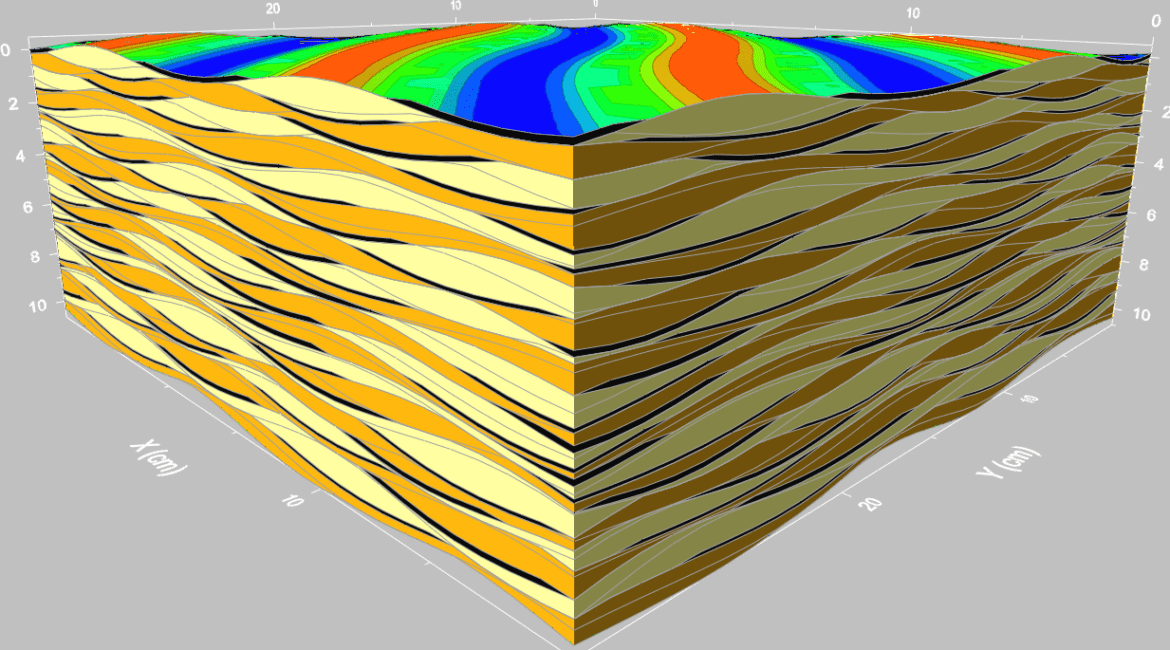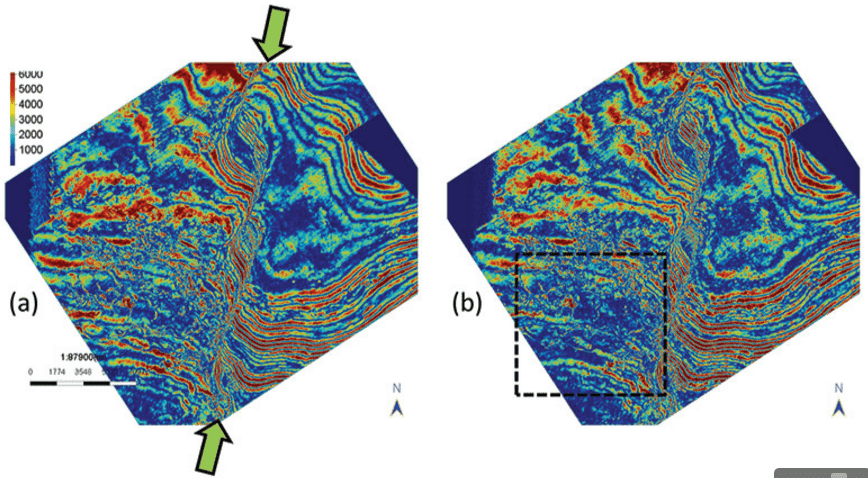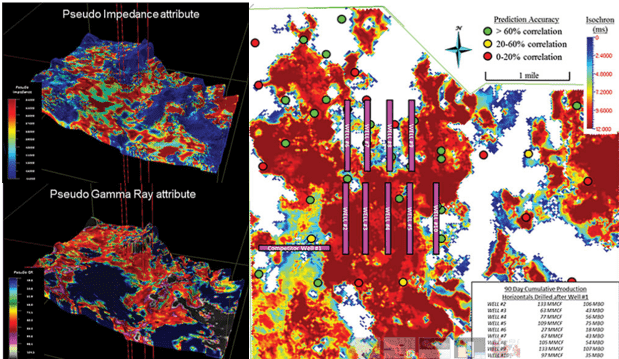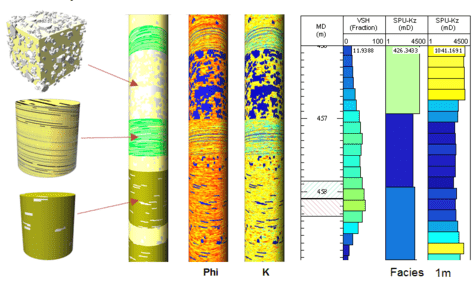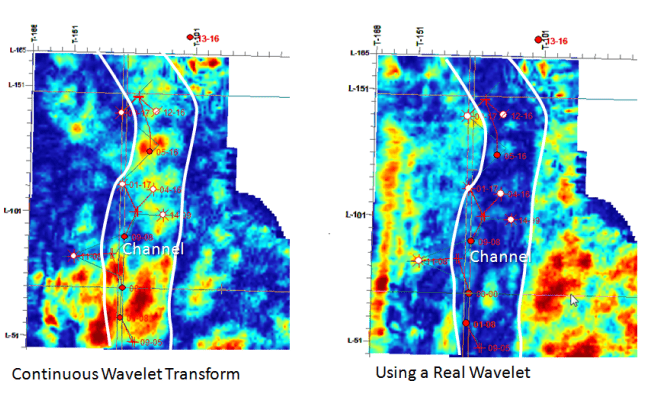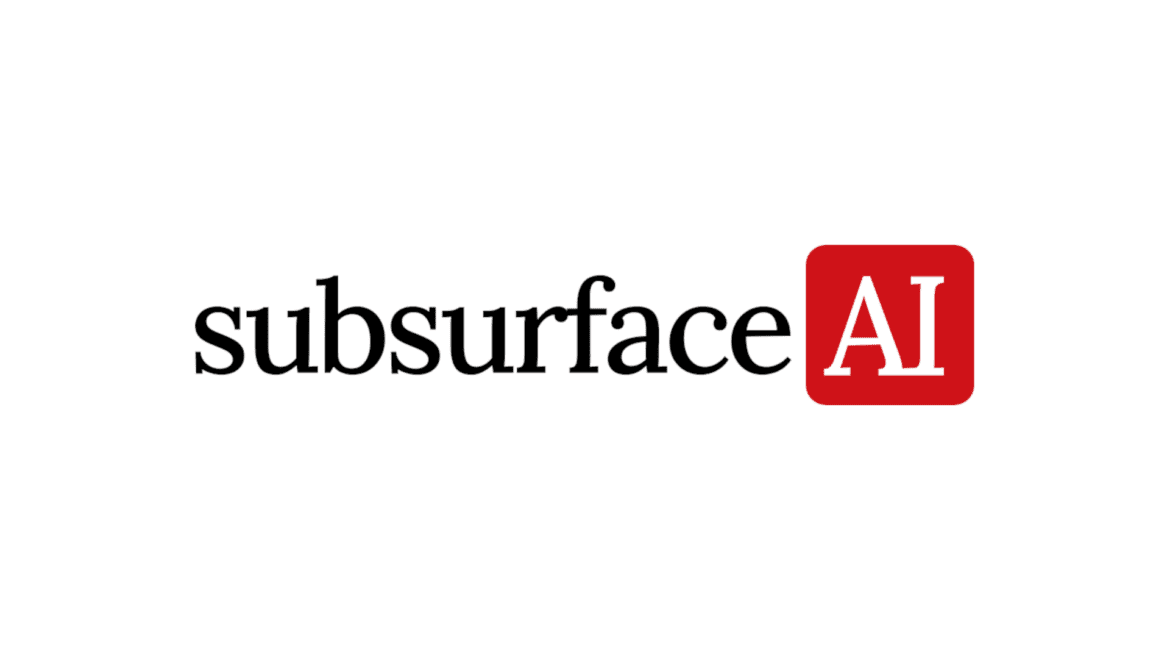Three Dimensional Simulation Small-Scale Heterogeneity in Tidal Deposits Small-scale heterogeneity at the bed-set scale (ca 1 mm to 1 m) represents an important target for reservoir modelling. In particular, tidal deposits, which are typified by bi-directional currents and deposition of alternating mud and sand layers, have a high degree of...
Spectral Decomposition For a More Accurate Image, AAPG Explorer, May 2016, by Rongfeng Zhang
Spectral Decomposition For More Accurate Image When seismic data is decomposed into individual frequency components, as is done in spectral decomposition, some subsurface features, such as channels, can be distinguished at certain frequency components. There are several ways of performing spectral decomposition of seismic data in terms of the mathematical...
Attribute Analysis of Mid-Continent Washes, AAPG EXplorer, April 2015 By Ryan Fairfied & Renjun Wen
Attribute Analysis of Mid-Continent Washes The Anadarko Basin granite wash play has been considered difficult to interpret both geologically and geophysically. Consequently, the application of seismic attribute analysis to mid-continent washes has not been widely published. SM Energy’s mid-continent granite wash asset covered a portion of a prolific Missourian age...
Correlation of Vertical Permeability and Volume of Shale in a SAGD Oil Sands Reservoir
SBED Software Assisted with Vertical Permeability in SAGD Project Geomodeling’s SBED product services were used for a steam assisted gravity drainage (SAGD) permeability project by an oil sands operator. Highlights of this permeability study follow, as well as a link to the published SPE Paper. From a producing McMurray Formation...
New Spectral Decomposition Method in AttributeStudio featured in AAPG Explorer
A new method for Spectral Decomposition is featured in an article by its inventor, Geomodeling's Senior Geophysicist Rongfeng Zhang, in the Geophysical Corner of AAPG Explorer. Rongfeng's article, "Effective Ways to Eliminate Side-Lobe Effects" describes some of the issues associated with Spectral Decomposition that can result in self-related events on...
Spectral Decomposition Article from Geomodeling Featured in AAPG Explorer
Spectral Decomposition aids in Seimic Interpretation An article by Rongfeng Zhang, one of our expert geophysicists here at Geomodeling, is featured in the Geophysical Corner of the AAPG Explorer this month. Rongfeng's article, "Finding the Value in Spectral Decomposition," reviews the mechanics of Spectral Decomposition and how it aids...
Interactive Seismic Attribute Analysis for Reservoir Characterization
Being “interactive” is not only important for traditional seismic interpretation, which maps subsurface structural and stratigraphic features; it should also be an essential feature in the seismic attribute analysis for reservoir characterization and prediction. In this paper we present interactive workflows that integrate major steps in seismic attribute analysis, namely...
Estimation of geocell water saturation based on small-scale structures in the Brent Group on the Oseberg and Gullfaks fields
Water saturation in reservoir rocks is highly dependent on petrophysical parameters as permeability, porosity and the amount of clay and shale in the sandstone. Saturations are important for static hydrocarbon volumes and for saturation-dependent flow parameters, such as relative permeabilities. Methods used today to estimate water saturation are usually based...
Pore Space Estimation, Upscaling and Uncertainty Modelling for Multiphase Properties
This paper reports results from a sensitivity study aimed at understanding and evaluating uncertainty in a pore-to-field workflow. A methodology to identify and quantify uncertainty at different scales and to propagate, or upscale, this information to the reservoir simulation model has been developed and tested. A case study is presented...
Core-Data Preprocessing To Improve Permeability-Log Estimation
Two techniques of preprocessing data from core plugs have been investigated to enhance the quality of synthetic permeability estimation from conventional logs by use of artificial neural networks (ANNs). A first technique consists of “cleaning” the core-plug data set by removing the measurements deemed log-incompatible (i.e., those from plugs corresponding...

